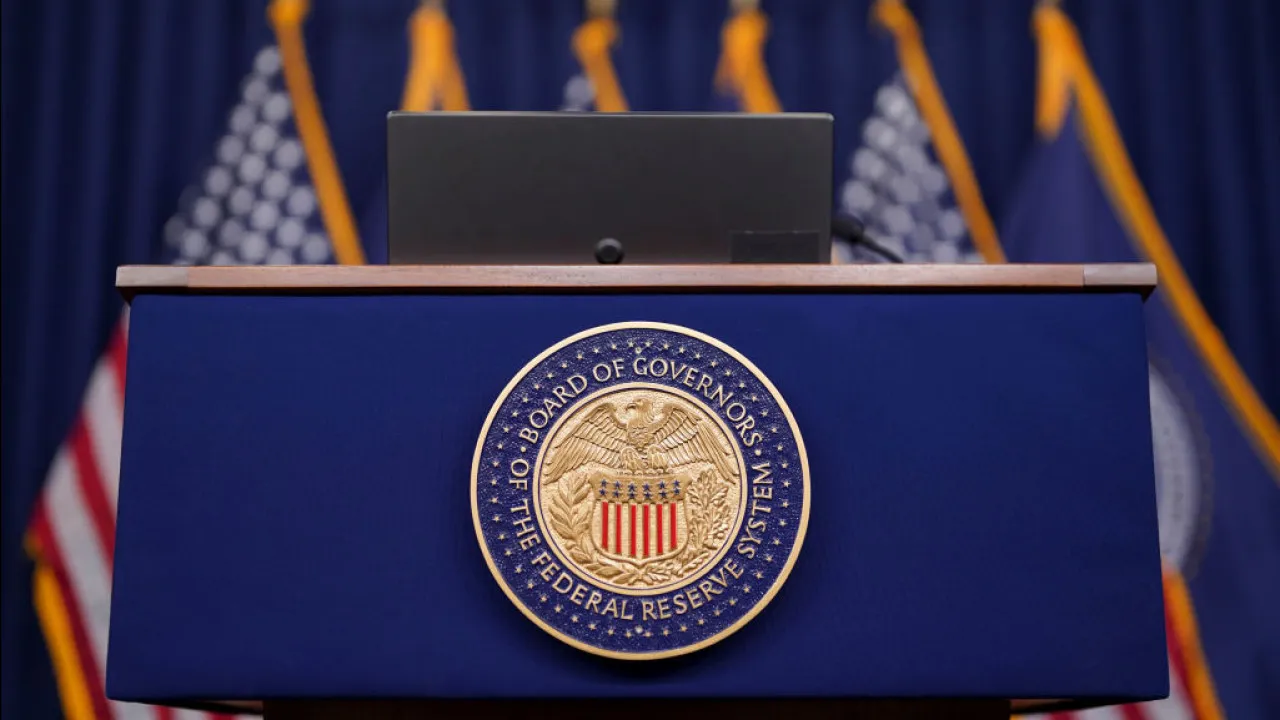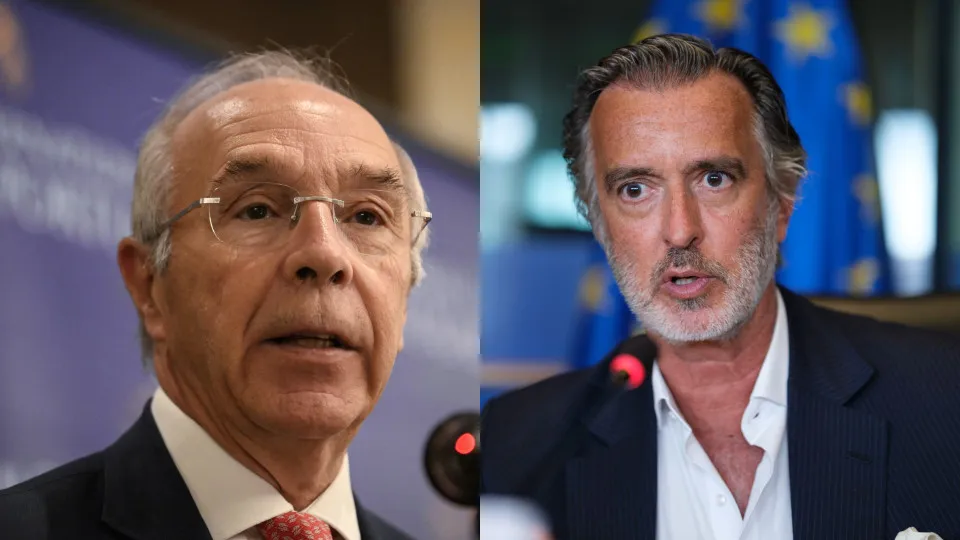
The financial sector anticipates that the world’s most influential central bank is likely to maintain the ‘status quo’ for the fourth consecutive time, with interest rates expected to remain between 4.25% and 4.50% after a two-day meeting, consistent with levels since December.
This decision is expected to increase frustration for U.S. President Donald Trump, who last Thursday mocked Fed Chairman Jerome Powell, even calling him an “idiot.”
In this context of constant pressure, “the fact that the Fed does nothing already signifies something” for the markets, according to Carl Weinberg of High Frequency Economics in a note observed by the news agency AFP.
Officials at the U.S. central bank have shown they are primarily focused on the risk of rising prices due to new tariffs the U.S. is imposing globally and maintaining credibility in the fight against inflation.
According to Ryan Sweet, a specialist in American economics at Oxford Economics, the Federal Reserve “wants to make sure it understands its crystal ball before lowering interest rates.”
Recent inflation data in the U.S. show a slowdown in price trends—with a PCE benchmark index of +2.1% over the year, nearly the Fed’s target—which, according to Ryan Sweet, may foster “false hope.”
Meanwhile, KPMG economist Diane Swonk states that “as long as they are not sure that inflation will not rise again, [the Fed officials] cannot do anything.”
Furthermore, she considers that “in a world without tariffs, the Fed would have undoubtedly reduced rates.”
Michael Krautzberger, Global CIO of Public Markets at Allianz Global Investors, agrees that the Fed “should remain in wait-and-see mode in the short term, while assessing the impact of tariffs on economic activity.”
“Equity and credit markets responded by fully recovering from their initial post-‘liberation day’ declines, and financial conditions have improved, reflecting the market perception that tariff policy will be sufficiently diluted not to significantly harm business fundamentals,” he notes.
“However,” he adds, “there is a risk of markets becoming somewhat complacent, given the evident growth risks to the U.S. (and global) economic outlook.”
Investors will be closely monitoring the Fed’s updated forecasts for the U.S. economy amid high uncertainty.




